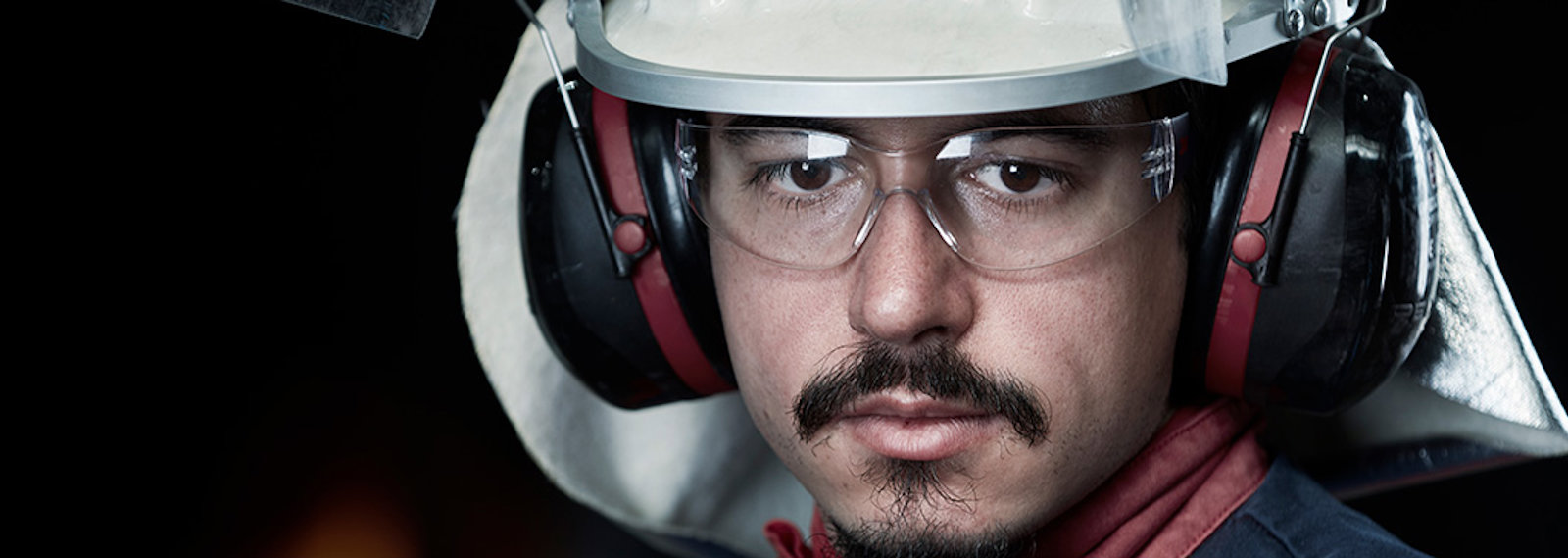From São Paulo to a hot electrolytic cell
It is a long way from São Paulo, one of the world's most densely populated cities, to Øvre Årdal, situated innermost in the Sognefjord, or from Brazilian city life to Norwegian outdoor living.
The contrast between the top of the Store Skagastølstind peak and life inside a scorching hot electrolytic cell is no less striking. Deep inside that cell is where Pedro Henrique Borges Da Silva spends most of his time.
After almost 150 years of aluminum production, one might expect that we knew most of what there was to know, but it is not that simple. Plenty of opportunities still exist for those looking for ways to make the technology more sustainable.
But the extremely high temperature inside electrolytic cells – around 950 degrees Celsius or so – limits what can be measured using ordinary instruments, so studying exactly what goes on inside the cell wall, in the large "baths" where aluminum oxide in powder form is turned into the light metal aluminum, is no easy task.
Electrolytic cells dismantled and analyzed
Electrolytic cells that have been used for some time are carefully dismantled, examined and analyzed. A better understanding of tiny details may have a major significance for efficiency, for how much aluminum can be produced from the energy consumed.
The deeper Pedro goes, the better he will understand, and the conditions at Hydro's research center in Årdal provide the best environment for succeeding. This is the home of one the world's leading research communities in light metal production, where researchers from all over the world, and from all the disciplines related to aluminum production, collaborate. Outside Norway's university campuses, the concentration of doctoral degrees is higher here than anywhere else in the country. The production technology developed here is the most efficient and future-oriented the world has yet seen.
Taking his engineering talent to Årdal
The young engineer from São Paulo originally started off researching copper, but this is increasingly being replaced by aluminum, which Hydro produces in many places worldwide, including the Albras smelting plant in the Amazons, located close to the almost inexhaustible sources of the raw material bauxite. From there Pedro was sent to the research center in Årdal. After taking his master's degree in metal production at the Norwegian University of Science and Technology in Trondheim, he returned to Årdal a year ago.
Since then, he has worked at Hydro's test center researching everyday life in an aluminum cell. His aim is to develop a method for limiting corrosion inside the cells. Better measurement methods, a better understanding, and more knowledge are needed to make new advances.
Short distance between research and aluminum production
Pedro came to Norway intent on improving the efficiency of aluminum production in Brazil, and that remains his goal. If he succeeds, there is every reason to expect that the knowledge he gains and the technology he develops will be adopted in multiple places and thus contribute to making future aluminum production even more sustainable. In Årdal the distance between research and production is short, only a few minutes' walk apart. The distance between theory and practice may therefore also be short. The time perspective is correspondingly longer; the new technology must last for five, 10 or even 20 years.
Although Pedro probably misses the dynamics and adrenalin rushes that characterize the production environment back home in Brazil, it means he has the time to get himself a Norwegian driver's license. His Brazilian license is not approved in Norway, and having no driver's license makes it difficult to access the mountainous terrain for some serious skiing. Pedro realizes that this is necessary if he is to be properly integrated into the local community outside working hours.
In Norway, as in Brazil, the future belongs to those who create true value.
We are aluminum.







